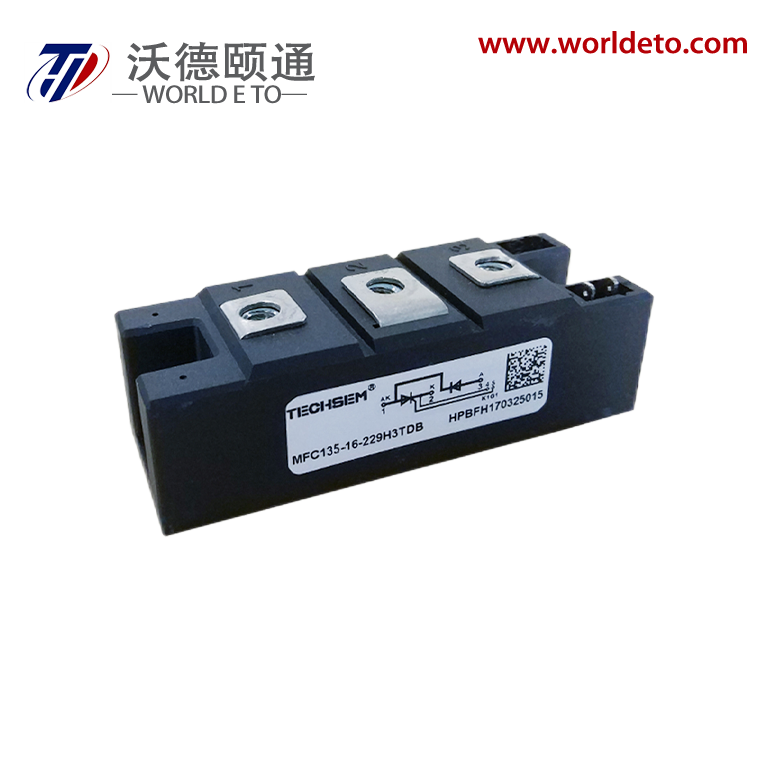Вплив електромагнітних релейних систем на сучасні промислові операції
У сучасному швидкозмінному промисловому середовищі, електромагнітні реле виступають фундаментальними компонентами, які живлять основу систем автоматичного керування. Ці винахідливі пристрої служать мостом між електронними схемами керування та високовольтними електричними системами, забезпечуючи точне керування складними промисловими процесами. Перетворюючи малі електричні сигнали на механічні перемикальні операції, електромагнітні реле забезпечують безпечну та ефективну роботу безлічі промислових застосувань, від виробничих збірних ліній до мереж розподілу електроенергії.
Універсальність та надійність електромагнітних реле зробили їх незамінними в промислових умовах, де вони виконують ключові функції в системах керування двигунами, комутації живлення та системах безпеки. Здатність витримувати високі електричні навантаження, зберігаючи електричну ізоляцію між схемами керування та живлення, встановила їх як базові компоненти в сучасній промисловій автоматизації.
Розуміння основних механізмів технології електромагнітних реле
Основні принципи роботи
В основі своєї роботи електромагнітні реле використовують основні принципи електромагнетизму. Коли електричний струм проходить через котушку реле, виникає магнітне поле, яке притягує рухому якір. Цей якір механічно пов'язаний з електричними контактами, які замикають або розмикають електричні з'єднання. Цей простий, але ефективний механізм дозволяє електромагнітним реле керувати потужними електричними колами за допомогою порівняно слабких керуючих сигналів.
Конструкція електромагнітних реле включає різноманітні елементи, які забезпечують надійну роботу, включаючи контактні пружини, магнітні сердечники та механізми гасіння дуги. Ці компоненти узгоджено працюють для забезпечення стабільної комутаційної продуктивності та тривалої міцності, навіть у вимогливих промислових умовах.
Типи та класифікація
Промислові електромагнітні реле випускаються в різних конфігураціях, щоб відповідати різноманітним застосуванням. Загальнозаводські реле виконують повсякденні комутаційні завдання, тоді як спеціалізовані версії, такі як реле часової затримки, запобіжні реле та реле безпеки, забезпечують конкретні функціональні вимоги. Кожен тип має унікальні характеристики, оптимізовані для певних умов експлуатації та вимог керування.
Вибір відповідного типу реле залежить від таких факторів, як комутаційна здатність струму, робоча напруга, конфігурація контактів і вимоги до часу відгуку. Розуміння цих класифікацій є важливим для проектувальників систем та інженерів, які працюють над проектами промислової автоматизації.
Застосування у промислових секторах
Контроль виробничого процесу
У виробничих середовищах електромагнітні реле відіграють важливу роль у координації різних машинних операцій. Вони керують магнітними пускачами, керують системами стрічкових транспортерів і синхронізують часові параметри автоматизованих складальних процесів. Їхня здатність надійно виконувати кілька операцій комутації робить їх незамінними для підтримки безперервності виробництва та забезпечення безпеки працівників.
Сучасні виробничі об'єкти покладаються на електромагнітні реле для реалізації складних послідовностей керування, функцій аварійного зупинення та схем захисту обладнання. Ці застосування демонструють універсальність і важливість релейної технології в сучасних промислових операціях.
Системи розподілу енергії
Сектор розподілу електроенергії значною мірою залежить від електромагнітних реле для функцій захисту та керування. Ці пристрої контролюють електричні параметри й ініціюють захисні дії у разі виникнення ненормальних умов. Від захисту трансформаторів до застосування у системах відключення навантаження, електромагнітні реле виступають уважними охоронцями цілісності електричних систем.
Сучасні мережі розподілу електроенергії використовують електромагнітні реле в складних схемах захисту, які забезпечують надійну передачу електроенергії, одночасно запобігаючи пошкодженню обладнання та виходу систем з ладу. Їхня роль у підтримці якості електроживлення та стабільності системи не може бути переоціненою.
Інтеграція з сучасними системами керування
Можливості цифрового інтерфейсу
Сучасні електромагнітні реле все частіше оснащуються можливостями цифрового зв'язку, що дозволяє безперешкодно інтегрувати їх з програмованими логічними контролерами (ПЛК) та промисловими системами керування. Ця еволюція дозволяє здійснювати контроль стану реле в режимі реального часу, віддалене налаштування та підвищені діагностичні можливості.
Поєднання традиційної електромагнітної релейної технології з цифровими системами керування створює потужні рішення, які об'єднують надійність електромеханічного перемикання з гнучкістю сучасних протоколів автоматизації. Ця інтеграція забезпечує передові стратегії керування та підхід до передбачуваного технічного обслуговування.
Інтеграція розумного виробництва
В епоху Індустрії 4.0 електромагнітні реле оснащуються розумними функціями, що підтримують збір та аналіз даних. Ці інтелектуальні системи реле дають цінні знання про продуктивність обладнання та допомагають оптимізувати виробничі процеси завдяки кращим можливостям прийняття рішень.
Інтеграція електромагнітних реле з платформами промислового Інтернету речей (IIoT) дозволяє створювати комплексні рішення для моніторингу та керування, що підвищують ефективність операцій та зменшують час простою. Ця еволюція є значним кроком вперед у технологіях промислової автоматизації.
Майбутні тенденції та події
Покращена надійність та ефективність
Триваючі дослідження та розробки в галузі технології електромагнітних реле зосереджені на підвищенні надійності та енергоефективності. Вивчаються нові матеріали та технології виробництва для створення реле з більш тривалим терміном служби та меншим енергоспоживанням.
Інновації в матеріалах контактів та конструкціях котушок призводять до створення електромагнітних реле, які забезпечують вищу продуктивність, зберігаючи міцність, необхідну для промислових застосувань. Ці досягнення гарантуватимуть, що реле й надалі відіграватимуть ключову роль у майбутніх системах автоматизації.
Нові застосування
Розширення систем відновлюваної енергії та інфраструктури зарядки електромобілів створює нові сфери застосування електромагнітних реле. Ці перспективні галузі потребують надійних рішень для комутації, здатних витримувати високі рівні потужності та забезпечувати складні функції керування.
Оскільки автоматизація в промисловості продовжує розвиватися, електромагнітні реле знаходять нові сфери застосування у розумних енергетичних системах, системах управління енергетикою та передових виробничих процесах. Їхня здатність адаптуватися до нових вимог забезпечує їхню подальшу актуальність у майбутніх промислових застосуваннях.
Часті запитання
Як електромагнітні реле сприяють промисловій безпеці?
Електромагнітні реле підвищують промислову безпеку, забезпечуючи електричне ізоляцію між керуючими та силовими колами, реалізацією функцій аварійного зупину та гарантованим безпечним режимом роботи в критичних застосуваннях. Вони виступають ключовими компонентами в системах безпечного блокування та допомагають захищати як обладнання, так і персонал.
Які аспекти технічного обслуговування є важливими для електромагнітних реле?
Регулярне обслуговування електромагнітних реле включає перевірку контактних поверхонь, вимірювання опору котушки, перевірку правильності роботи рухомих частин та забезпечення чистого середовища експлуатації. Профілактичне обслуговування допомагає продовжити термін служби реле та підтримувати надійну роботу в промислових умовах.
Чому електромагнітні реле вибирають замість напівпровідникових аналогів у певних застосуваннях?
Електромагнітні реле забезпечують повне електричне розділення, вищу стійкість до імпульсних перевантажень і візуальний контроль стану контактів. Вони можуть працювати з вищими рівнями напруги та струму без радіаторів, чітко демонструвати стан комутації і, як правило, є більш надійними в екстремальних промислових умовах порівняно з напівпровідниковими аналогами.

